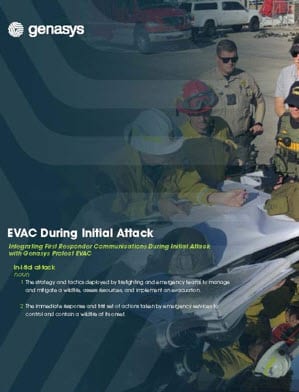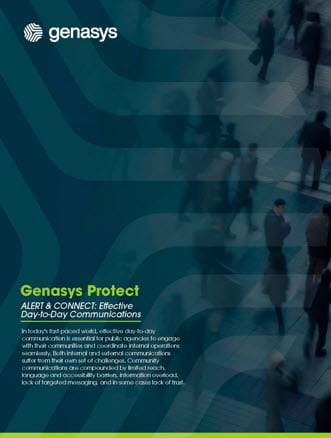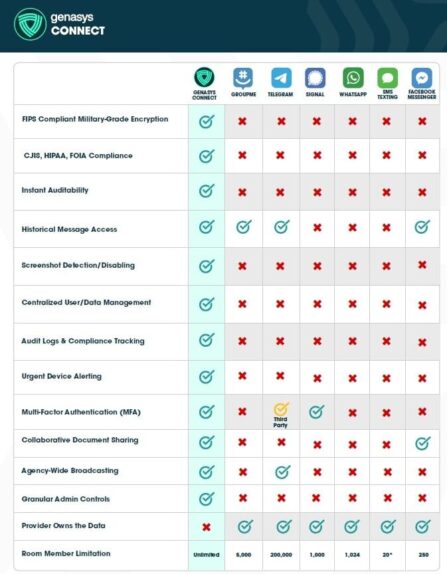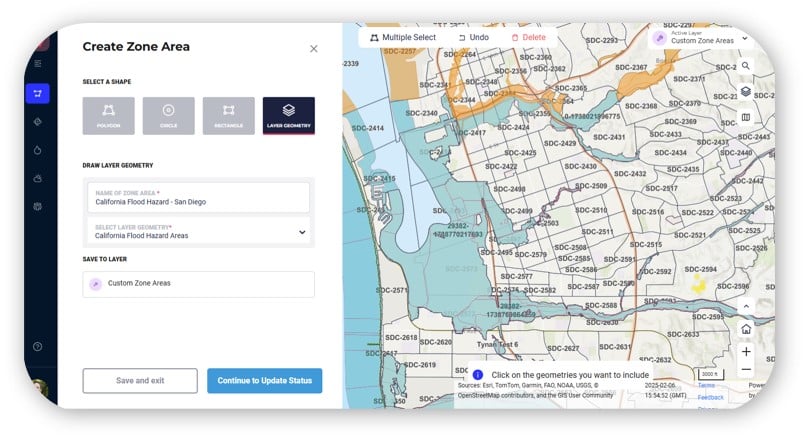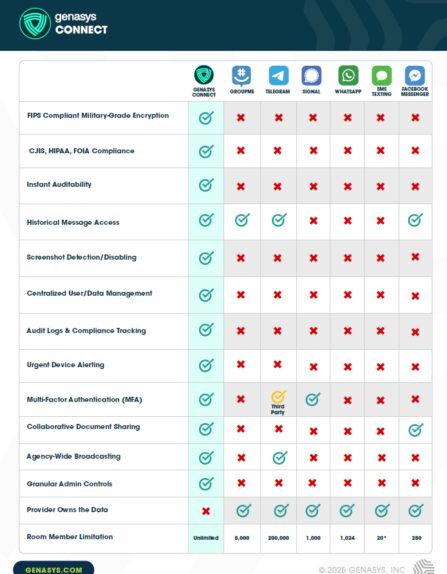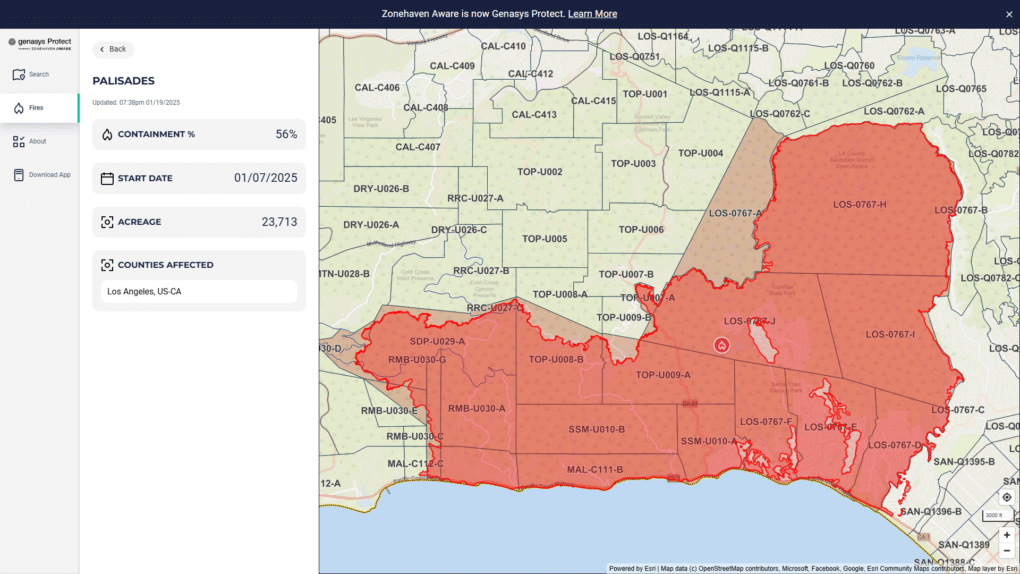By Marcella Schneider
In the fast-paced world of modern criminal investigations, efficient communication is crucial for coordinating teams, gathering evidence, and ensuring the smooth flow of information. The advent of communications apps has revolutionized the way law enforcement professionals collaborate and share vital information during investigations. In this educational editorial, we delve into how best to utilize these apps in 2025 to streamline and enhance criminal investigations.
Real-Time Coordination:
One of the primary advantages of communication apps is their ability to coordinate teams in real time. Create dedicated groups or channels for each investigation, including all relevant personnel, such as forensic experts, detectives, and legal advisors. This ensures that everyone is on the same page and can exchange information swiftly, reducing the risk of miscommunication or delays.
Secure Information Sharing:
When handling sensitive information, security and compliance are paramount, especially considering your state requirements. Opt for a communication app that offers end-to-end encryption to safeguard the confidentiality of data exchanged. This prevents unauthorized access and ensures that only authorized individuals can access case-related information.
Multimedia Sharing:
Communication apps allow for the seamless sharing of various media, such as photos, videos, and audio recordings. Utilize this feature to share visual evidence, crime scene images, and recordings of witness statements. This not only accelerates the investigation process but also helps maintain an accurate record of events.
Document Collaboration:
In complex investigations, multiple documents and reports need to be reviewed and collaborated on between multiple agencies. Choose communication apps that support document sharing and collaborative editing. This enables investigators to work together on case documents in real time, ensuring accuracy and efficiency.
Centralized Evidence Portal:
Consider using the communication app as a centralized evidence portal for sharing case-related information with attorneys and prosecutors. Share updates, findings, and relevant news within the app’s channels to ensure that all team members have access to the latest developments. This prevents the need for constant status updates and ensures that information is readily available.
Instant Voice Messaging:
Sometimes, experts or investigators may be located in different geographic locations. Leverage features like Genasys Protect CONNECT’s voice messaging to enable remote insights and collaborate effectively without the need for physical presence.
Time-Stamped Communication:
Communication apps often provide time-stamping for messages and files. This feature can be invaluable in establishing a chain of custody for events during an investigation. It also helps in presenting a clear timeline of activities to legal authorities, if required.
Search and Retrieval:
As investigations progress, a substantial amount of information accumulates. Look for communication apps with powerful search capabilities, allowing you to quickly retrieve past conversations, files, and relevant details. This can be immensely helpful when reviewing case history or referencing previous discussions.
In Conclusion
Effective use of communication apps in 2025 can significantly enhance investigations by facilitating real-time collaboration, secure information sharing, and streamlined communication among team members. By selecting apps that offer features tailored to the needs of law enforcement professionals, investigators can optimize their efforts and contribute to the swift and accurate resolution of cases. Remember to prioritize security, efficiency, and user-friendly interfaces when choosing the right communication app for your team’s needs.



